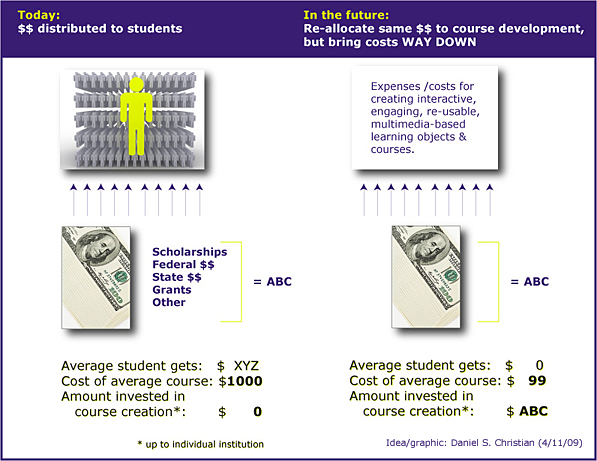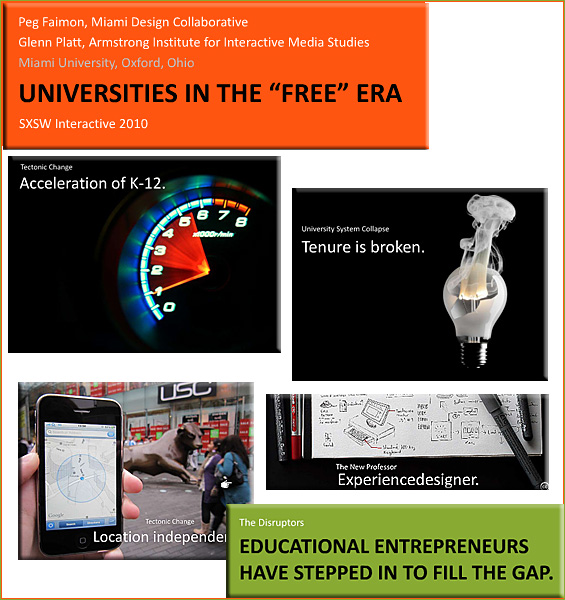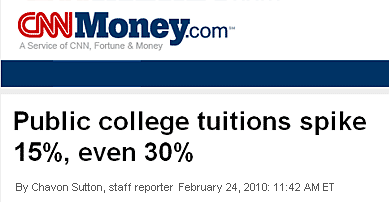Moving the cliff –– from InsideHigherEd.com
As state legislators around the country craft their budgets for the 2011 fiscal year, public college officials are afraid that they are about to be thrown off “the cliff” — the steep drop in available funds once the tens of billions of dollars that the federal government made available through last year’s economic recovery legislation run out.
But like a movie character whose vehicle magically grinds to a halt just before it goes over the edge, public higher education could catch a break, in the form of legislation introduced Wednesday by several Democratic senators that essentially move the cliff. The none-too-subtly titled “Keep Our Educators Working Act of 2010,” sponsored by Sen. Tom Harkin (D-Iowa) and others, would provide $23 billion to extend for a year the fund in the American Reinvestment and Recovery Act that gave states money to ward off budget cuts and tuition increases.













